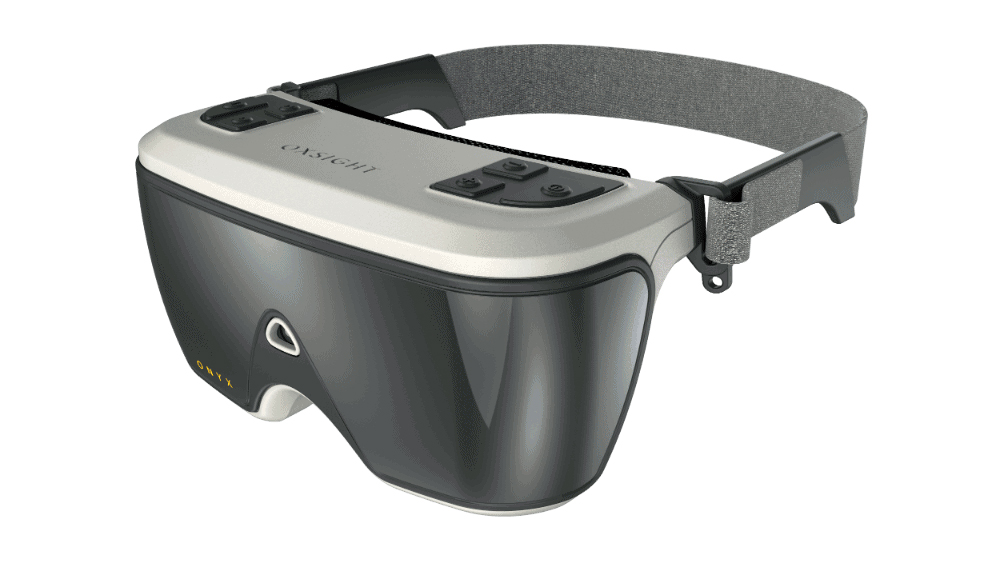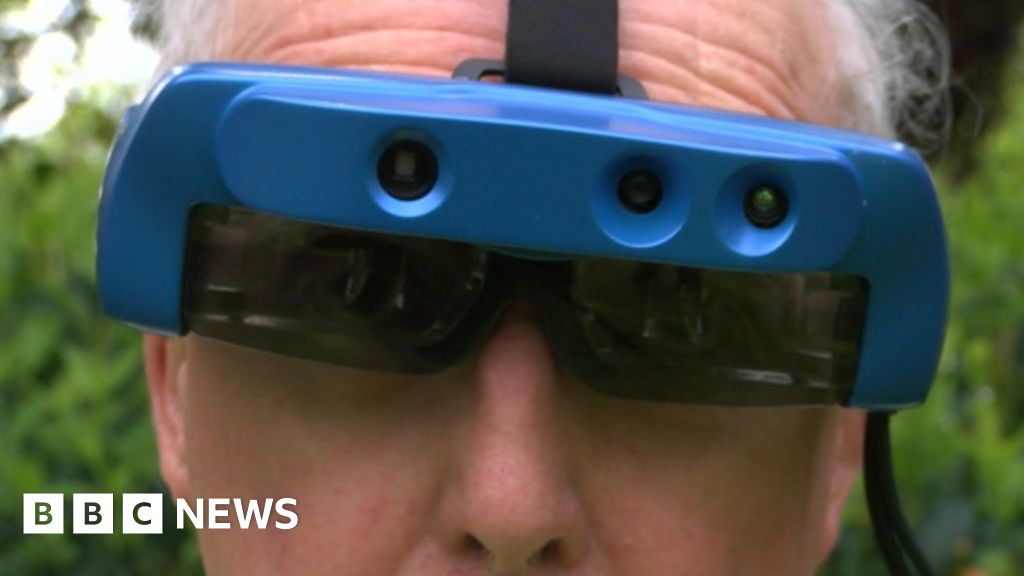Enhancing Access Via Assistive Modern Technology for the Blind
The assimilation of assistive technology for the blind represents a critical improvement in ease of access, fundamentally altering how individuals browse their environments and engage with society. As we explore the varied kinds of assistive devices and their concrete influences on daily living, it comes to be crucial to check out just how recurring technical innovations are improving the landscape of assistance for the blind area.
Introduction of Assistive Innovation
Assistive technology describes a series of gadgets and software application developed to boost the abilities of individuals with handicaps, consisting of those that are aesthetically damaged or blind. This innovation plays an important duty in advertising freedom and boosting the lifestyle for customers. By providing alternative approaches for accessing details and doing day-to-day tasks, assistive innovation encourages people to browse their environments much more effectively.
The advancement and implementation of assistive innovation welcome a selection of principles targeted at promoting access. These concepts consist of user-centered layout, which focuses on the requirements and preferences of the person, and the combination of innovation right into daily activities. Such developments guarantee that assistive tools are not just useful however easy and likewise intuitive to use.
In addition, assistive modern technology includes a varied range of options, from low-tech options like magnifiers to modern technologies such as display visitors and Braille displays. The continuous advancement of this field is driven by the requirement to address the distinct obstacles dealt with by people with visual impairments (Wearable technology for low vision). As innovation remains to breakthrough, the possibility for improving accessibility and promoting inclusivity stays encouraging, inevitably adding to a much more fair society

Types of Assistive Gadgets
Numerous sorts of assistive devices are available to support people who are visually damaged or blind, each developed to resolve particular requirements and challenges. These gadgets can be generally categorized into three main types: low-tech, mid-tech, and state-of-the-art services.
Low-tech tools include things such as magnifiers, Braille tags, and tactile maps. These are reasonably basic devices that boost the customer's capacity to interact with their setting without calling for complicated modern technology.
Mid-tech tools commonly include advanced attributes, such as electronic magnifiers and mobile Braille note-takers. These gadgets can use functionalities like speech outcome, enabling individuals to accessibility information extra successfully.

Influence On Daily Living
The availability of numerous assistive devices dramatically improves the high quality of life for individuals that are aesthetically impaired or blind, influencing their day-to-day living in profound methods. By integrating innovations such as display readers, Braille shows, and audio description solutions right into their routines, individuals obtain higher autonomy and self-reliance. These tools assist in access to info, enabling people to execute day-to-day tasks, such as reading emails, navigating public spaces, and delighting in media material.
Additionally, assistive gadgets equip people to engage even more totally in social interactions and community activities. The ability to make use of mobile phones equipped with accessibility functions permits smooth interaction and connection with others. This connectivity fosters a feeling of belonging and decreases feelings of seclusion.
In expert settings, assistive innovation sustains efficiency by permitting people to full job tasks effectively. Tools like voice acknowledgment software application and specialized zoom gadgets make it like it possible for users to join the workforce on equal footing with their sighted peers.

Improvements in Innovation
Recent technological improvements have significantly changed the landscape of devices readily available for people that are blind or visually impaired. The assimilation of fabricated intelligence (AI) and machine discovering has triggered applications that enhance navigation and object acknowledgment. Smartphone applications can currently make use of AI to recognize and explain environments in real-time, giving customers with useful contextual information.
Furthermore, innovations in haptic modern technology have actually led to the growth of smart walking sticks geared up with sensors that detect barriers and offer responsive comments. This empowers individuals to browse their setting with increased self-confidence and self-reliance. Technologies in text-to-speech software application and braille screens have boosted the ease of access of digital web content, permitting for seamless interaction with numerous media.
Wearable technologies, such as wise glasses, are likewise making strides in helping aesthetic disability. These gadgets can supply augmented reality experiences, overlaying vital information onto the customer's field of vision. Collectively, these developments not just enhance the top quality of life for individuals who are blind but likewise advertise better incorporation in society. As technology remains to develop, the potential for a lot more transformative devices remains imminent.
Future Trends and Innovations
As modern technology swiftly advances, the future of assistive devices for individuals that are blind holds immense pledge. Advancements in expert system (AI) and machine knowing are poised to change the means blind individuals interact with their environments. AI-driven applications are being developed to improve item acknowledgment, allowing individuals to recognize and browse their surroundings with better convenience and precision.
Furthermore, developments in haptic feedback innovation are making it possible for the production of responsive maps and navigation help that supply real-time details via touch. These advancements not only boost mobility but likewise foster independence. In addition, wearable tools geared up with increased fact (AR) functions are arising, using customers visual information via sound descriptions, therefore connecting the space between the electronic and physical worlds.
In optical addition, the combination of clever home innovation offers brand-new chances for accessibility, allowing people to control their living environments through voice commands or smart device applications. As cooperation between technology designers and the blind neighborhood continues, the emphasis on user-centered design will certainly ensure that future advancements are tailored to fulfill the unique requirements of this population (Wearable technology for low vision). The trajectory of assistive technology assures a much more empowering and comprehensive future for people that are blind
Final Thought
In verdict, assistive modern technology plays a vital role in enhancing ease of access for people with aesthetic problems. The diverse range of gadgets, including screen viewers and wise walking sticks, significantly enhances day-to-day living and fosters self-reliance. Continual innovations in technology and user-centered style ensure that these tools provide effectively to the special requirements of the blind community. As advancements development, increased inclusivity and empowerment can be expected, ultimately enhancing the top quality of life for those impacted by aesthetic disabilities.
The integration of assistive innovation for the blind represents an essential development in availability, essentially modifying exactly how individuals browse their settings and engage with culture.Assistive modern technology refers to a range of devices and software program made to improve the abilities of individuals with impairments, consisting of those who are visually impaired or blind. Wearable technology for low vision.As technology rapidly advances, the future of assistive tools for people that are blind holds immense promise. The trajectory of assistive modern technology assures a more empowering and inclusive future for people that are blind
In conclusion, click this link assistive technology plays a critical duty in boosting availability for people with visual disabilities.